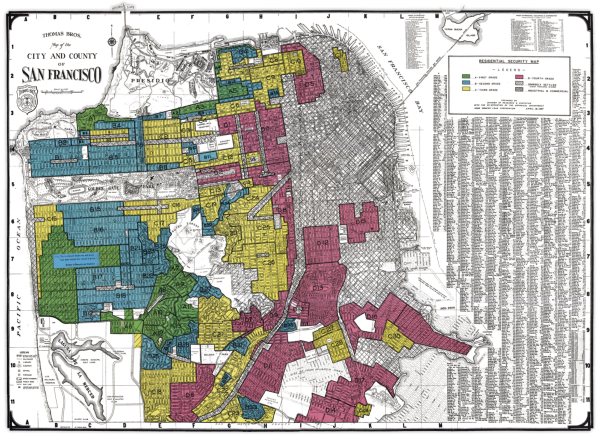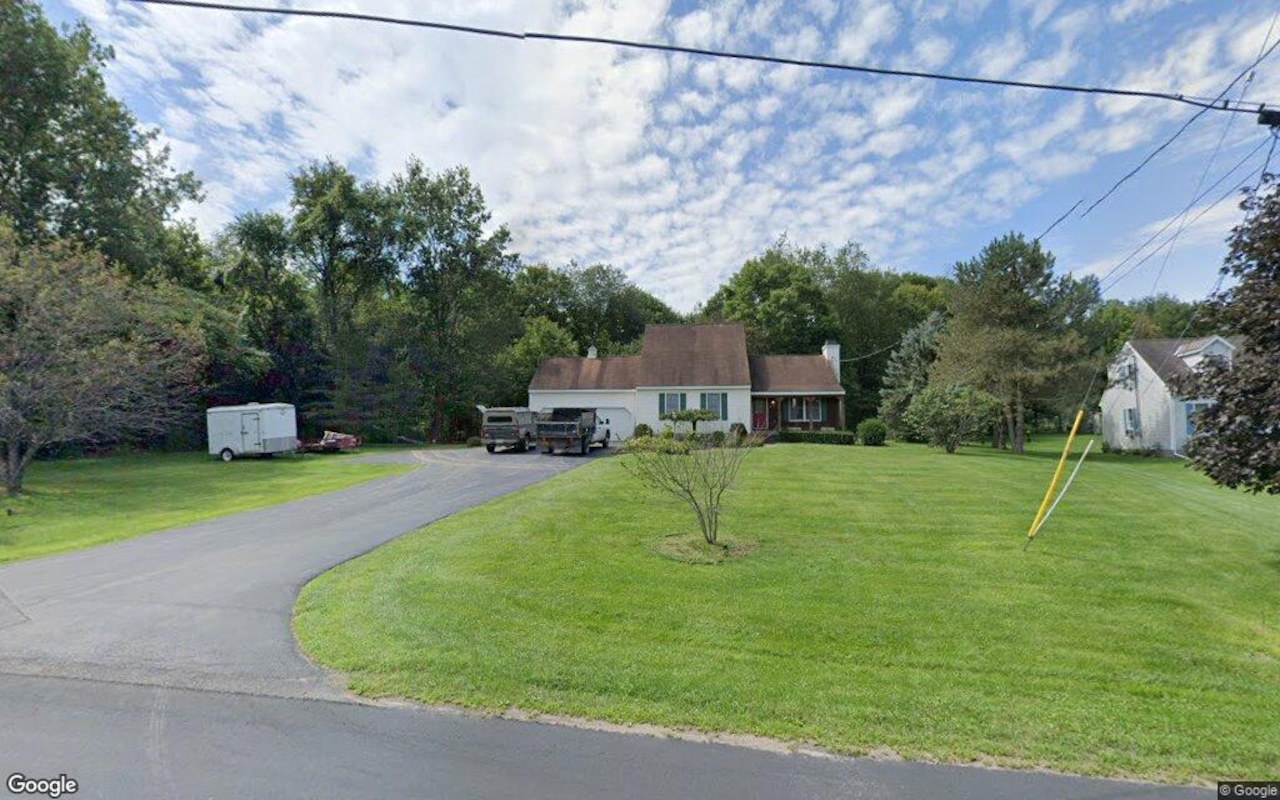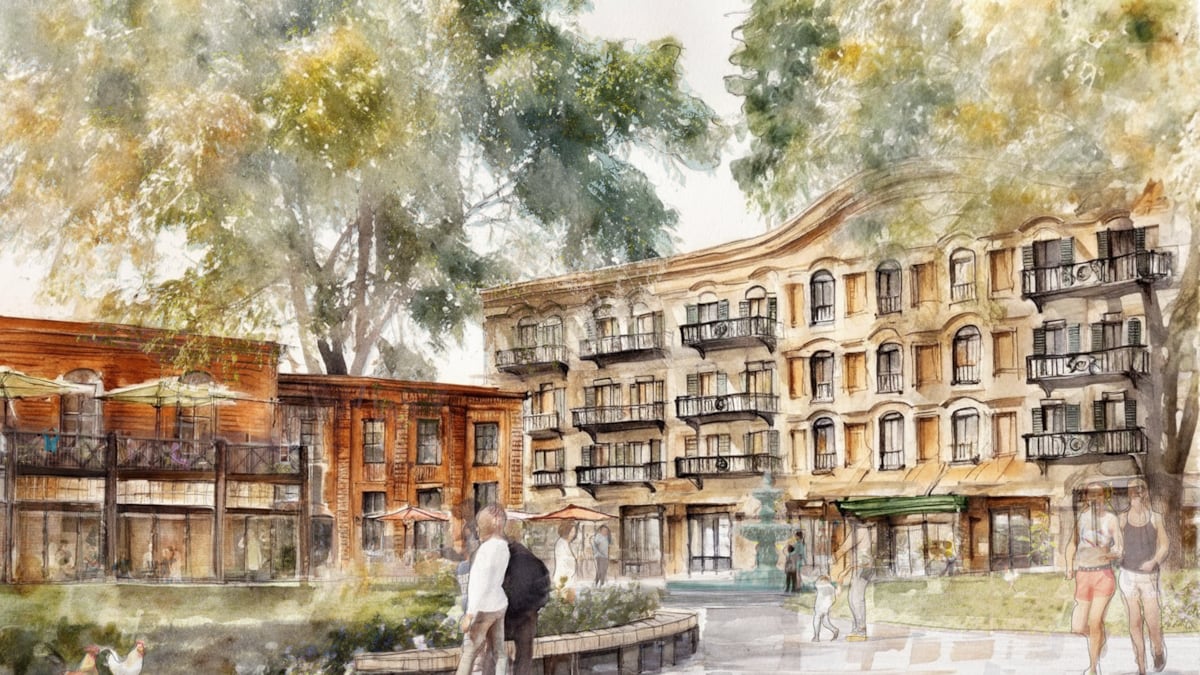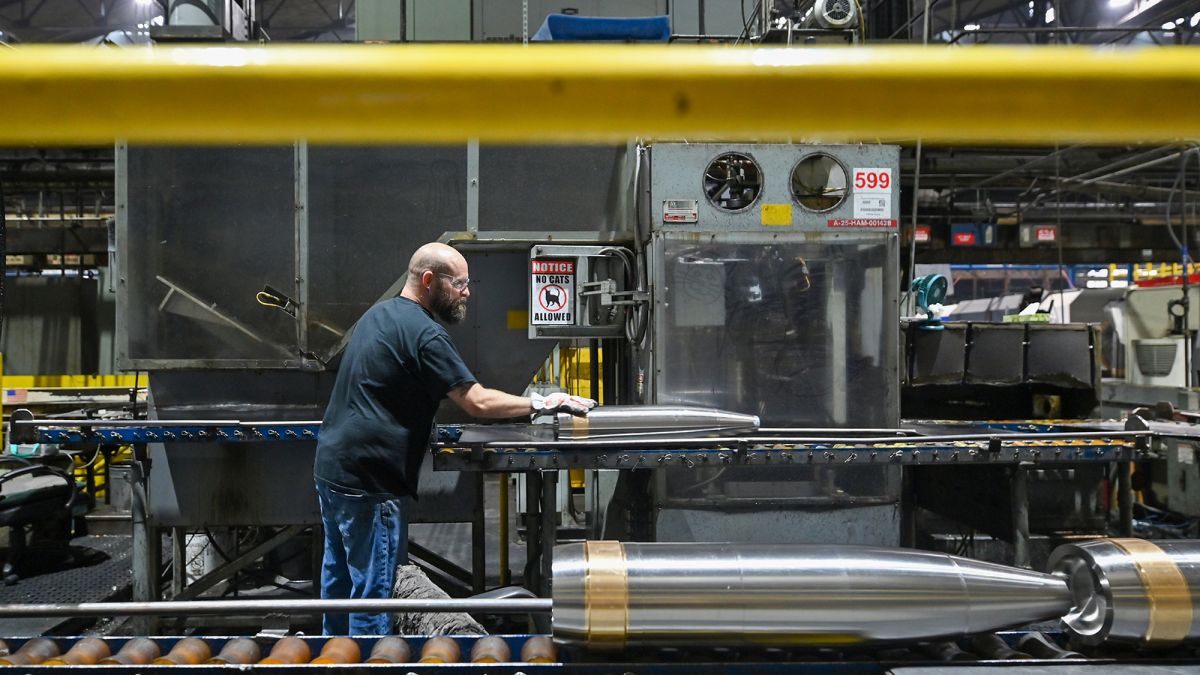T
he Home Owners' Loan Corporation (HOLC) was established by Congress in 1933 to address the surge of home foreclosures triggered by the Great Depression. Over three years, HOLC refinanced over one million residences, significantly increasing homeownership through low-interest, long-term loans.
To determine which neighborhoods were eligible for these loans, HOLC created "Residential Safety Maps" that rated communities based on their investment potential. These maps classified areas into four categories: green 'A' (desirable), blue 'B' (less desirable but still good), yellow 'C' (in decline), and red 'D' (in full decline). The maps were used to identify neighborhoods with "foreign-born, negro, or lower grade population" as too risky for investment.
In San Francisco's Potrero Hill neighborhood, most of the area was designated as redlined due to its working-class residents, including factory workers, laborers, and artisans. In contrast, nearby areas with higher-income, white-collar workers were labeled blue 'B' and considered more desirable.
The federal Housing Act of 1937 aimed to clear slums and provide low-rent housing for the "deserving poor," primarily white people affected by the Great Depression. Public housing projects like Potrero Terrace were built in the area, but thousands of African Americans moved from Southern states to work in World War II industries, leading to a significant increase in Black residents in public housing.
In 1954, the City's public housing policy was ruled discriminatory, and desegregation efforts began. However, Enola Maxwell, who grew up in the Carolina Street Public Housing projects, recalled that Black home ownership on Potrero Hill was impossible at the time due to discriminatory practices by realtors.
The Federal Fair Housing Act of 1968 banned redlining, but its legacy continues to impact communities through wealth and health disparities, crime, underfunded schools, and pollution.















